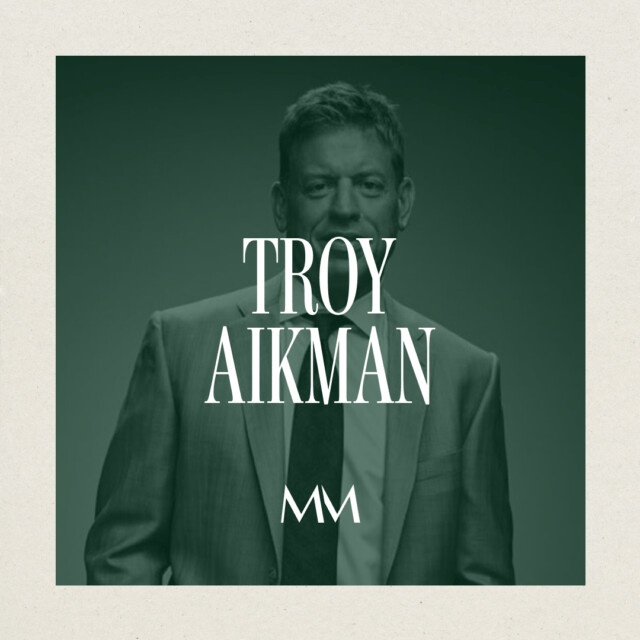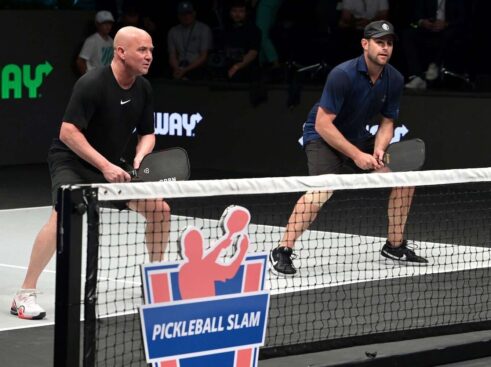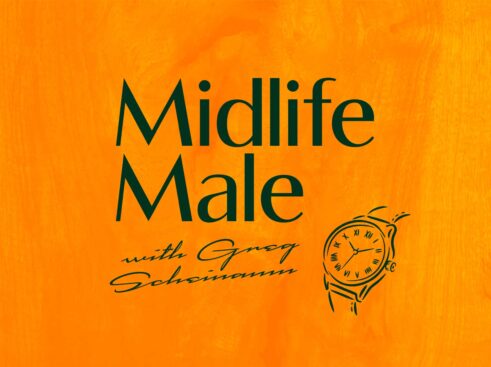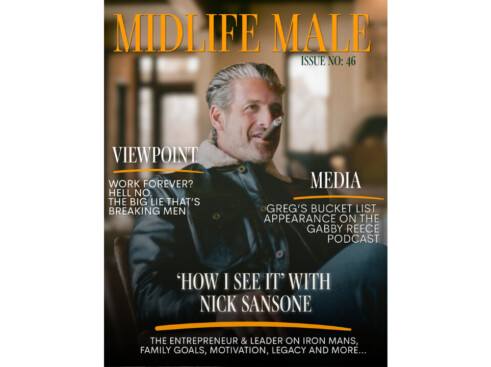Last week, I got a DM on Instagram:
“Hey bro. Wanna come on my podcast? Would love to have you on.”
Now, mind you, I don’t know this guy. No previous interaction, no mutual connections. I do a quick scan of his profile—limited followers, minimal engagement, nothing that tells me what his podcast is about. But I always try to be polite, so I reply:
“Thanks so much! Appreciate the invitation. Please shoot me an email with some info on yourself and the podcast, and I’ll get back to you.”
His response? “Why don’t you check me out first? And then if it’s a yes, I’ll email you.”
And just like that, my answer became a hard no. Actually, I didn’t even bother replying—I just deleted the exchange and moved on.
I don’t know where this entitlement comes from, but I do know this: if you’re asking for someone’s time—the most valuable commodity we have—you should at least put in some effort. If you expect a yes before you lift a finger, you better get used to hearing a lot of no’s.
This whole interaction reminded me of a strategy I’ve used my entire career: Next Man Up.
How I Built My Career on the “Next Man Up” Strategy
I believe in starting at the bottom, earning your way up, and getting the reps. Today’s assistant is tomorrow’s CEO. I’ve seen too many people try to shoot straight for the top, skipping all the steps in between. But there’s a lot of ground between where you are today and where you want to go. The key? Work with the people who are on the way up.
Example #1: Casting Two Ninas and Discovering Ron Livingston
When I was producing my first movie, Two Ninas (available on Netflix & Amazon Prime), I took inspiration from Swingers. Jon Favreau was blowing up—too big. Vince Vaughn? Same story. But I found the next man up: Ron Livingston. A great actor, Yale-trained, perfect for the role—and we got him. Not only did he crush it, but our footage helped him land his iconic role in Office Space. That role was originally meant for Ben Affleck, but Ben got too big. Mike Judge needed the next guy up. That’s how it works.
Example #2: From a No-Name Podcast to Training with Laird Hamilton
For years, I wanted to meet and train with Laird Hamilton. But when I started my Midlife Male podcast, I had no audience. No shot at Laird. But I did have a shot at PJ Nestler, his Director of Performance—young, talented, rising fast. I interviewed PJ, built a relationship, and embraced their XPT method. Fast forward five years: I got invited to train with Laird, Gabby, and PJ at their home in Hawaii, all expenses paid. That’s the power of persistence. That’s Next Man Up in action.
Example #3: Getting from Role Players to Hall of Famers
When I started interviewing athletes, I didn’t go straight for Hall of Famers. I started with former NFL players who weren’t household names but had incredible stories—James Ihedigbo, Glover Quinn, Stalin Colinet. They became friends, great interviews, and over time, those conversations led to bigger ones. Five years later? I interviewed and became friends with Troy Aikman.
Example #4: How a Facebook Message Led to Industry-Shifting Interviews
Billy Mann is a Grammy-winning producer who’s worked with everyone from Pink to John Legend. I knew his wife growing up on Long Island, so I sent a thoughtful message. She graciously introduced me. That single connection has led to dozens of high-profile interviews, all because I took a smart shot instead of a blind one (And Billy’s incredible generosity and reputation). Thanks Gena!
The Takeaway: Stop Aiming for the Moon—Find the Next Man Up
Too many people want to shortcut their way to the top. But success isn’t about skipping steps—it’s about stacking them. The best strategy? Take smart, tactical shots. Work with the people who are on the way up.
We miss 100% of the shots we don’t take. But the best shots? They’re the ones in range.
Purpose. Progress. Process. Payoff. That’s how it works.







